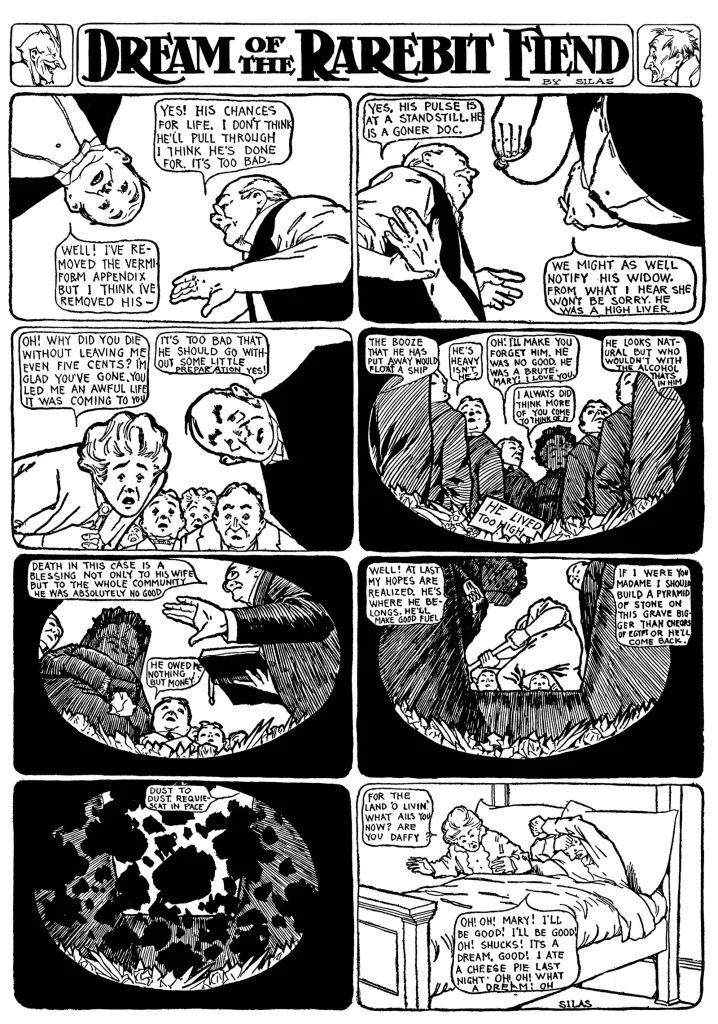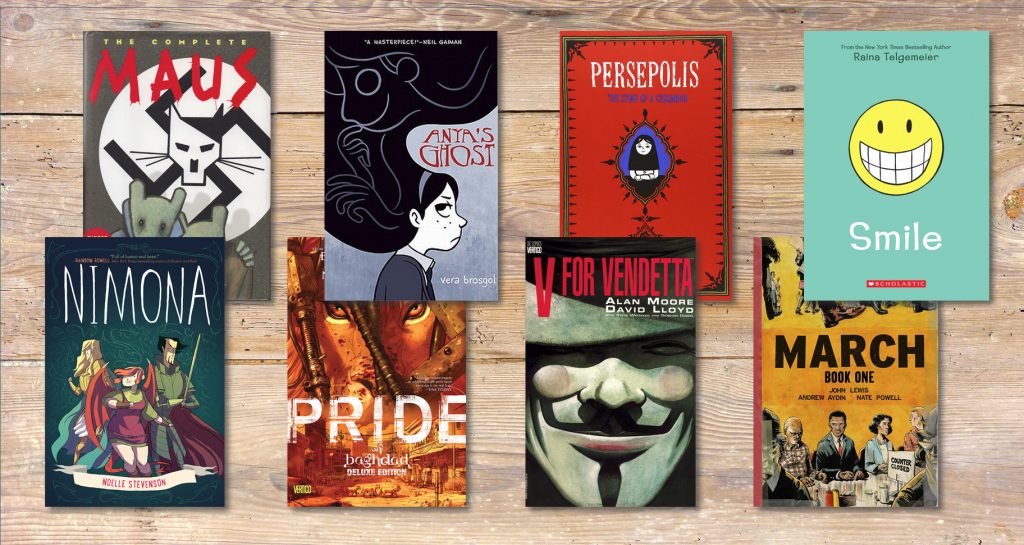Graphic novels are a distinctive and versatile medium that combines visual artistry with narrative storytelling to create immersive and engaging reading experiences. Unlike traditional comic books, graphic novels are often longer and present a complete, cohesive story within a single volume or a series. This article explores the evolution, significance, and impact of graphic novels, highlighting their unique qualities and contributions to literature and culture.

The Evolution of Graphic Novels
- Origins and Early Influences: The roots of graphic novels can be traced back to early illustrated stories and sequential art. Pioneering works like “The Yellow Kid” (1895) and “Little Nemo in Slumberland” (1905) laid the groundwork for the modern comic strip and comic book format. However, it wasn’t until the mid-20th century that graphic novels began to emerge as a distinct literary form.
- Rise of the Modern Graphic Novel: The term “graphic novel” gained prominence in the 1970s and 1980s, thanks to influential works such as Art Spiegelman’s “Maus” (1986) and Alan Moore’s “Watchmen” (1986-1987). These seminal works demonstrated the potential of graphic novels to address complex themes and deliver mature, nuanced storytelling.
- Diverse Genres and Styles: Graphic novels encompass a wide range of genres and styles, from superhero epics and fantasy adventures to autobiographical accounts and historical fiction. This diversity allows graphic novels to appeal to various audiences and explore a broad spectrum of topics.
Unique Characteristics of Graphic Novels
- Visual Storytelling: One of the defining features of graphic novels is their integration of visual art with narrative. The interplay between text and images creates a dynamic storytelling experience that can convey emotions, settings, and actions in ways that traditional prose may not.
- Illustrations and Panels: The use of illustrations and panel layouts enhances the pacing and visual impact of the story. Artists carefully craft each panel to capture key moments and guide the reader through the narrative.
- Complex Narratives: Graphic novels often tackle complex and multifaceted narratives that explore deep themes and character development. Unlike traditional comic books, which may focus on episodic adventures, graphic novels offer a more cohesive and expansive storytelling experience.
- Character Development: The extended format of graphic novels allows for in-depth exploration of characters, their motivations, and their relationships, providing readers with a richer and more nuanced understanding of the story.
- Artistic Expression: The artistic style of graphic novels varies widely, from highly detailed and realistic illustrations to abstract and experimental designs. This diversity in artistic expression contributes to the unique identity of each graphic novel and enhances its thematic content.
- Visual Techniques: Artists employ various visual techniques, such as color schemes, panel transitions, and visual metaphors, to enhance the storytelling and evoke specific moods and atmospheres.
- Cross-Media Adaptations: Many graphic novels have been adapted into other media, such as films, television series, and video games. These adaptations often bring the stories to new audiences and provide opportunities for further creative exploration.
- Influence on Pop Culture: The popularity of graphic novels has influenced contemporary pop culture, with characters and stories from graphic novels becoming iconic figures in mainstream media.

Impact and Significance
- Literary Recognition: Graphic novels have gained increasing recognition as a legitimate and influential form of literature. They have received prestigious awards, such as the Eisner Awards and the Hugo Awards, and are studied in academic settings alongside traditional literary works.
- Cultural Representation: Graphic novels offer a platform for diverse voices and perspectives, allowing marginalized and underrepresented groups to share their stories and experiences. This representation contributes to a more inclusive and equitable cultural landscape.
- Autobiographical and Memoir Genres: Many graphic novels in the autobiographical and memoir genres provide personal and historical insights into the lives of their creators, shedding light on various cultural and social issues.
- Educational Value: Graphic novels have been increasingly used in educational settings to engage students and promote literacy. Their visual and narrative elements make them accessible and appealing to readers of all ages, encouraging a love of reading and storytelling.
- Teaching Tools: Educators use graphic novels to teach a range of subjects, including history, literature, and art, leveraging their visual storytelling to enhance comprehension and engagement.
- Artistic Innovation: The genre continues to push the boundaries of artistic and narrative innovation. Graphic novel creators experiment with form, structure, and content, contributing to the ongoing evolution of visual storytelling.
- Experimental Formats: Some graphic novels explore unconventional formats, such as interactive elements or non-linear narratives, offering readers new and innovative ways to engage with the story.
Challenges and Considerations
- Perceptions and Misconceptions: Despite their growing recognition, graphic novels still face misconceptions and stereotypes, with some critics perceiving them as less serious or less valuable than traditional literature. Overcoming these biases requires continued advocacy and appreciation for the medium’s artistic and literary contributions.
- Market and Distribution: The graphic novel market can be challenging, with distribution and visibility issues affecting both independent and mainstream creators. Efforts to expand access and promote graphic novels can help address these challenges.
- Cultural Differences: Graphic novels are enjoyed worldwide, but cultural differences can influence their reception and interpretation. Translating and adapting graphic novels for different audiences requires careful consideration of cultural context and nuances.
- Sustainability and Industry Practices: The graphic novel industry, like other sectors, faces issues related to sustainability and ethical practices. Addressing concerns such as fair compensation and environmental impact is important for the long-term health of the industry.

Conclusion
Graphic novels represent a unique and influential form of storytelling that blends visual art with narrative to create compelling and immersive reading experiences. Their ability to tackle complex themes, offer diverse perspectives, and push artistic boundaries has established them as a significant and respected medium in literature and culture. As the genre continues to evolve and expand, graphic novels will undoubtedly remain a vibrant and innovative force in the world of storytelling.


